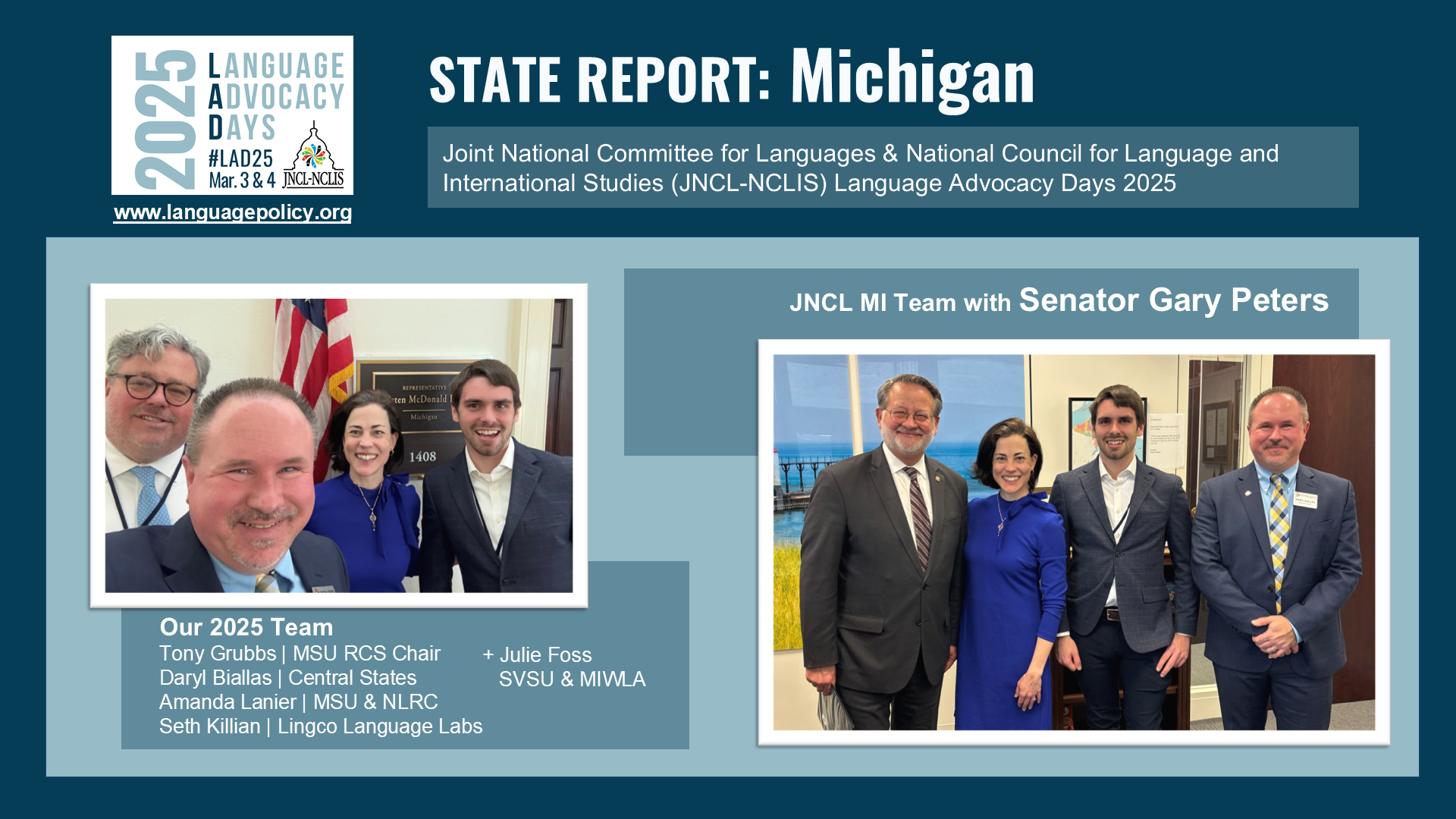Course Description

What does it really mean to speak a language fluently? In order to become fully competent in an additional language, learners must not only gain mastery of the grammatical system and vocabulary of the target language but also learn to use the language appropriately and effectively in various contexts and with various people.
They must develop communicative competence, which involves mastery of the sociolinguistic, pragmatic, discourse features of the language as well as strategic competence for managing bilingual and multilingual encounters. If we intend to teach language communicatively, then we must understand that language itself is “inseparable from individual identity and social behavior. Not only does language define a community; a community, in turn, defines the forms and uses of language” (Savignon, 2007, p. 217). The field of sociolinguistics explores these forms, uses, and communities. This course, then, seeks to provide current and aspiring language teachers with the tools to understand and address the needs of language learners as they relate to sociolinguistic competence. We will cover language variation and change, the use of language to define individual identities and group membership, and the influence of power and policies on languages themselves and their users. In addition, we will explore the sociolinguistic features of the languages that we teach, develop pedagogical approaches that take these features into account, especially in the teaching of spoken language skills, and consider the impact of policy and power on our learners and their use of the language.








